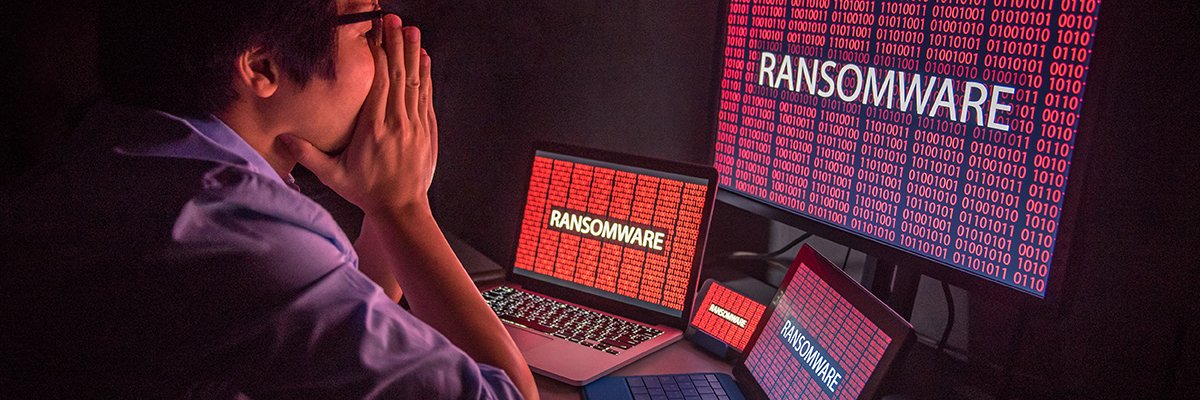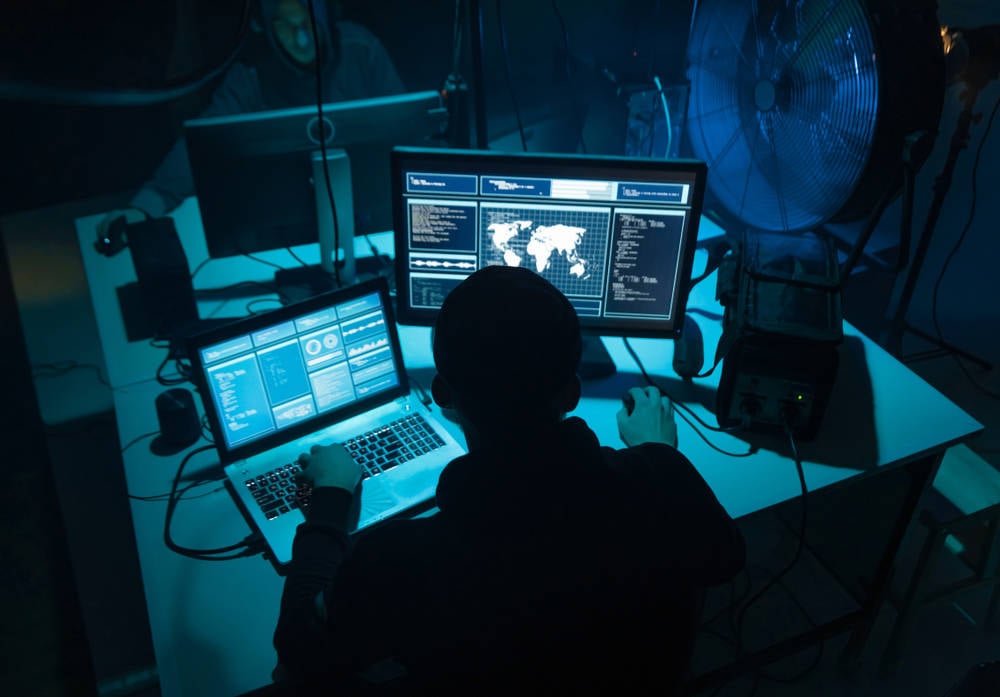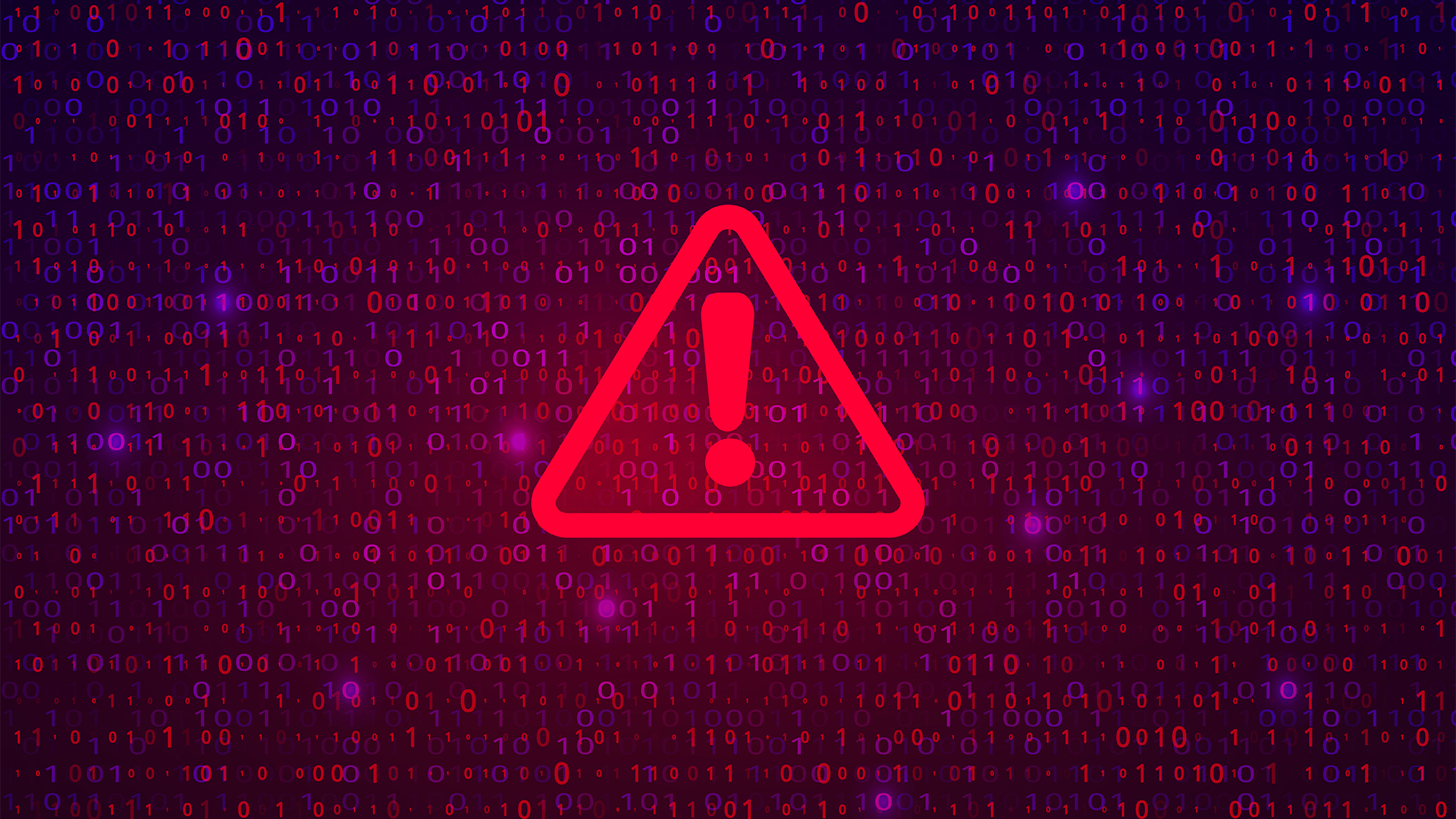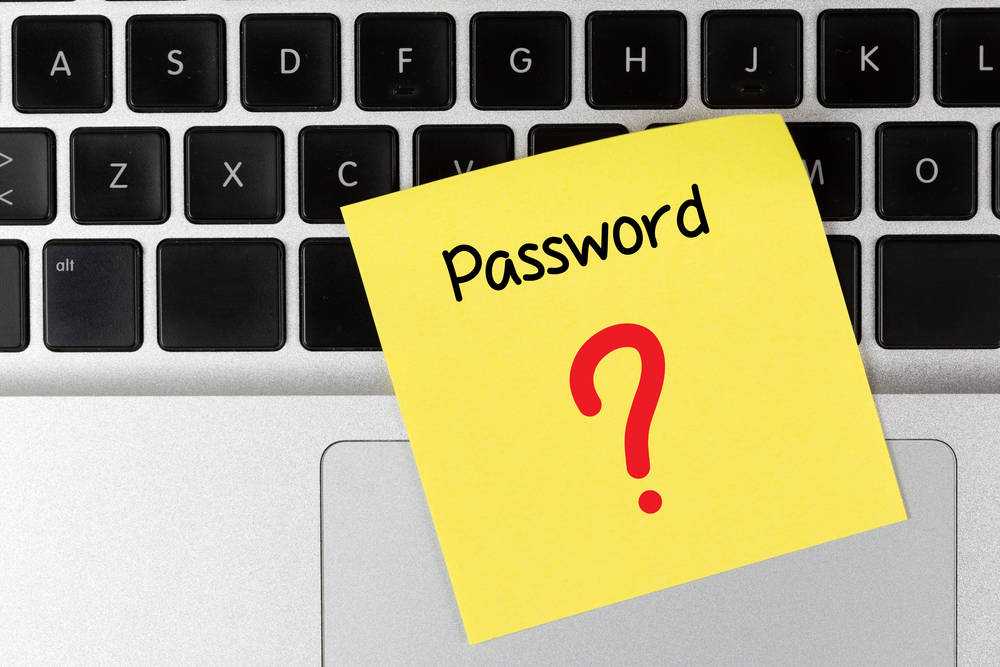#incident-response
#incident-response
[ follow ]
#cybersecurity #ransomware #data-breach #cyberattack #data-protection #cloud-security #local-government #burnout
fromThe Hacker News
5 days agoWeekly Recap: Fortinet Exploit, Chrome 0-Day, BadIIS Malware, Record DDoS, SaaS Breach & More
Fortinet has warned that a new security flaw in FortiWeb has been exploited in the wild. The medium-severity vulnerability, tracked as CVE-2025-58034, carries a CVSS score of 6.7 out of a maximum of 10.0. It has been addressed in version 8.0.2. "An Improper Neutralization of Special Elements used in an OS Command ('OS Command Injection') vulnerability [CWE-78] in FortiWeb may allow an authenticated attacker to execute unauthorized code on the underlying system via crafted HTTP requests or CLI commands," the company said.
Information security
fromIT Pro
5 days agoSimulating attacks: how to use tabletop exercises in incident response
Among the benefits, tabletop exercises simulate a real-life attack so firms can put incident response plans to the test, including decision-making processes, communications and technical measures. When done well, tabletop exercises can expose blind spots and help response teams "build the muscle memory needed to act fast when the real thing hits", says Adam Harrison, managing director in the cyber security practice at FTI Consulting. So what types of tabletop exercises are available and how can you use them in your business?
Information security
fromSecuritymagazine
2 weeks agoWhere to Stretch Your Cybersecurity Budget
It's really important to go back to just the cybersecurity basics. Are you using multi-factor authentication? Are you training your staff and employees at all levels to not click that link? Are you patching your systems? Do you have good monitoring software and applications that are monitoring your network even when you're sleeping?
Information security
fromIT Pro
3 weeks agoInside a cloud outage
"The worst feeling in the world is to be in the middle of an incident and realize that it would be a great thing that you could do to resolve that incident, if only a tool had been built before, right? So it'd be great if you figure that out before you get into that incident, and then you have the tool ready to go. "
DevOps
fromIT Pro
4 weeks agoUS telco confirms hackers breached systems in stealthy state-backed cyber campaign - and remained undetected for nearly a year
Ribbon supplies software, IP, and optical networking systems to telecoms service providers, businesses, and critical infrastructure organizations including BT, Verizon, CenturyLink, Deutsche Telekom, and Tata, as well as public-sector bodies such as the US Defense Department and the City of Los Angeles. In a with the US Securities and Exchange Commission (SEC), the company has revealed that "unauthorized persons, reportedly associated with a nation-state actor" had gained access to its network in December 2024.
Information security
Information security
fromwww.theguardian.com
1 month agoI lost 25 pounds in 20 days': what it's like to be on the frontline of a global cyber-attack
A SolarWinds supply-chain cyberattack allowed Russian hackers remote access to thousands of customers, forcing emergency response, alternative communications, and global coordination by the company's CISO.
Information security
fromDataBreaches.Net
1 month agoF5 discloses breach tied to nation-state threat actor - DataBreaches.Net
F5 experienced a highly sophisticated cyberattack attributed to a nation-state, involving prolonged unauthorized access; DOJ permitted delayed public disclosure due to national security concerns.
fromDataBreaches.Net
1 month agoObsession with cyber breach notification fuelling costly mistakes - DataBreaches.Net
Regulations such as the General Data Protection Regulation (GDPR) and the Australian Prudential Regulation Authority's (Apra's) CPS 230 standard have led organisations to become "really obsessed" with the 72-hour notification window following a data breach, according to Shannon Murphy, global security and risk strategist at Trend Micro.
EU data protection
fromThe Verge
1 month agoDiscord says 70,000 users may have had their government IDs leaked in breach
Following last week's announcement about a security incident involving a third-party customer service provider, we want to address inaccurate claims by those responsible that are circulating online. First, as stated in our blog post, this was not a breach of Discord, but rather a third-party service we use to support our customer service efforts. Second, the numbers being shared are incorrect and part of an attempt to extort a payment from Discord.
Information security
fromSecuritymagazine
1 month agoWhy a Unified View Across IT, Continuity, and Security Makes or Breaks Crisis Response
The truth is, these teams are working on the same event. They're just seeing it from different angles. If they aren't connected, response becomes fragmented and valuable time gets lost. Connecting the Dots in Real Time This is where a unified approach to critical event management makes a real difference. It's not about layering on more tools. It's about connecting the ones already in place and giving people a shared view and a clear process when something goes wrong.
Information security
Information security
fromComputerWeekly.com
1 month agoWhy it takes 11 hours to resolve one ID-related cyber incident | Computer Weekly
Fragmented, opaque enterprise environments cause identity-related incidents to average 11 hours to resolve, enabling attackers to pivot and escalate privileges rapidly.
fromTheregister
1 month agoUS Air Force investigates 'privacy-related issue'
"The preliminary investigation is ongoing, and we are assessing the scope of any concerns and any necessary required remediation," the spokesperson added. "We are in the process of evaluating technical remediation solutions and will act as appropriate. Compliance with the Privacy Act and identifying a solution for this technical problem is critical to the DAF to ensure warfighter readiness and lethality."
Privacy professionals
fromSecuritymagazine
2 months agoFirst Line of Defense: The Role of Modern VMS in Supercharging Investigations
When an incident occurs, every second counts. Whether it's a security breach, theft, or an unauthorized access attempt, physical security teams must act quickly to determine what happened, who was involved, and what actions to take next. Digging through hours of footage, manually piecing together evidence, and cross-referencing logs can be slow and cumbersome. But with a modern video management system ( VMS), security teams can streamline investigations, improve response times, and uncover critical insights faster - "supercharging" their investigations.
Information security
Information security
fromComputerWeekly.com
2 months agoFrom breach to resilience: How the Electoral Commission rebuilt its cyber defences | Computer Weekly
The UK's electoral system is critical national infrastructure vulnerable to cyber-attacks, requiring sustained investment and comprehensive rebuilding to ensure electoral resilience.
fromTheregister
2 months agoCan't stop looking at the server dashboard? You aren't alone
A new survey confirms what many IT pros already know: downtime doesn't exist, with dashboards and alerts intruding on their free time. More than half of the 616 IT professionals surveyed (52 percent) said they checked dashboards during nights, weekends, or vacations, with 59 percent saying past outages had left them more obsessive about making sure that everything is working. A third of IT pros said they felt compelled to check in at least once an hour.
Tech industry
Information security
fromSecuritymagazine
2 months agoJennifer Swann - Great Leaders Don't Just Manage Teams - They Build Them
Jennifer Swann progressed from bank teller to director-level information security, focusing on incident response, team building, and broad security programs including cloud and vulnerability management.
fromDevOps.com
3 months agoFrom Incidents to Insights: The Power of Blameless Postmortems - DevOps.com
In complex systems, failure isn't a possibility - it's a certainty. Whether it's transactions vanishing downstream, a binary storage outage grinding builds to a halt, or a vendor misstep cascading into a platform issue, we have all likely seen firsthand how incidents unfold across a wide range of technical landscapes. Often, the immediate, apparent cause points to an obvious suspect like a surge in user activity or a seemingly overloaded component, only for deeper, blameless analysis to reveal a subtle, underlying systemic flaw that was the true trigger.
DevOps
fromDevOps.com
4 months agoWhat the LLM Hype Gets Wrong: What it Takes to Build AI Agents That Work for Enterprises - DevOps.com
The leap from chatbot to AI agent is not just about adding automation - it's about architectural transformation, embedding reasoning and action in context.
Artificial intelligence
Business intelligence
fromNew Relic
6 months agoHow New Relic Catalogs improves developer productivity
Improving documentation and knowledge access can reduce incident response times.
Centralized catalogs can enhance engineering productivity by eliminating knowledge silos.
Onboarding processes can be streamlined with better system clarity and visibility.
[ Load more ]






















